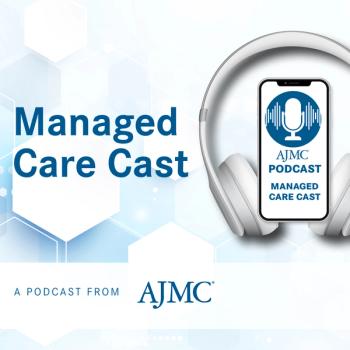
Medical Home Reduces Pediatric Hospital Readmissions
Preventing hospital readmissions has long been an important general focus in the healthcare field-and this importance increases tenfold when it comes to children's health.
Preventing hospital readmissions has long been an important general focus in the healthcare field—and this importance increases tenfold when it comes to children’s health. How can we help prevent our young population from being readmitted to hospitals after being discharged?
A recent study by University of California, Los Angeles (UCLA), researchers investigated primary care medical homes for potential predictors of increased hospital readmission in children and found 5 factors: whether the child had a personal doctor or nurse; whether there was a usual place to receive healthcare; if there was “family-centered” care as opposed to illness-centered; fi the child and parents had an easy time obtaining referrals to specialists; and coordinated care across different specialties, providers, and systems.
The study enrolled randomly selected patients during an acute hospitalization at a children’s hospital between 2012 and 2014. Demographic data was extracted from questionnaires given to hospital administration and patient’s family. Outcomes were unplanned hospital readmission within 30 days and any emergency department (ED) visits within 7 days. Logistic regression was used to analyze the strength of association between the predictors and outcomes.
The most reliable predictor of whether a child would be readmitted within a month of discharge turned out to be having a consistent place to receive healthcare. More than one-fifth (22%) of the children in the study without a medical home ended up being readmitted to the hospital within a month compared with only 10% of those with a medical home. In addition, 8% of those without a medical home had to go to the ED within 7 days compared with only 5% of those with a medical home.
Readmissions were also higher among those with subspecialist primary care providers, longer length of stay, and more hospitalizations in the past year. Interestingly, the study also revealed that parents’ level of confidence in their children’s continued good health was significantly correlated with readmission likelihood.
“[Finding] these indicators could help us flag high-risk patients so that we can provide a higher level of support,” Thomas Klitzner MD, a co-author of the study and a professor of pediatric cardiology at Mattel Children’s Hospital UCLA, said in a statement. The information may be used to then target interventions after identifying these high-risk patients.
A unique aspect of this particular study was its focus on primary care predictors. The medical home model is a growing concept in pediatric care, and the findings of this study indicate a positive correlation to improvement in pediatric health outcomes.
“Our findings support the notion that medical homes might be able to better help patients avoid the need to be hospitalized again shortly after discharge,” Dr Klitzner said. “The medical home model stresses the importance of continuous, accessible outpatient care.”
Future research will examine hospitals’ transition practices and the transfer of patient care from inpatient providers to medical home providers.
Newsletter
Stay ahead of policy, cost, and value—subscribe to AJMC for expert insights at the intersection of clinical care and health economics.















































